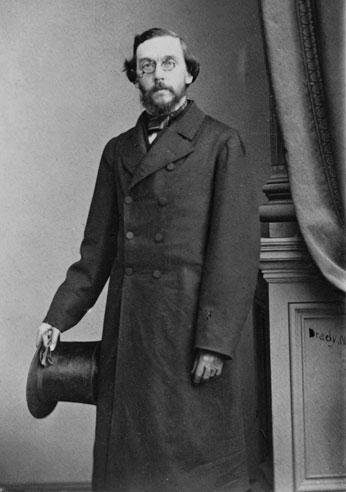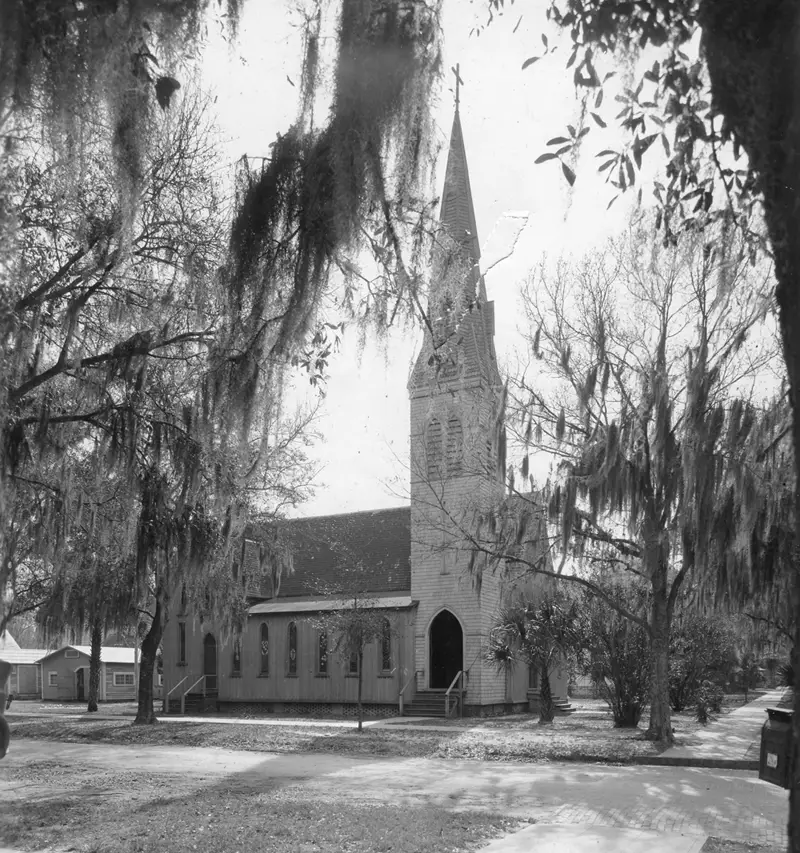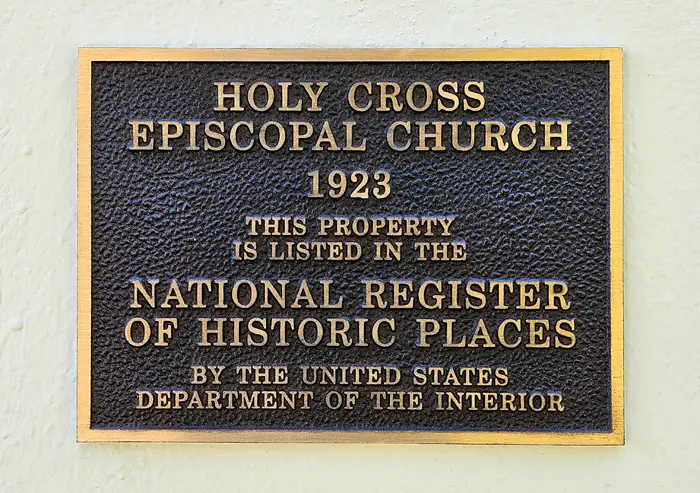For more than 150 years, Holy Cross Episcopal Church has played a significant role in the history of Sanford and Central Florida. Founded in 1873, the parish has had to overcome adversity many times, including the need to rebuild the church twice during its long history. The church buildings you see today were based on a Spanish architectural style and were completed in 1941. They stand as a testament to our congregation's resilience and commitment to faith.
Holy Cross is the Mother Church of the Episcopal Diocese of Central Florida and is listed on the National Register of Historic Places. It continues to be a vital center for ministry and community engagement. We welcome all to join us and become part of our incredible legacy.
 Holy Cross Episcopal Church was established in 1873 at the direction of Henry Shelton Sanford. He was a former American diplomat and businessman from Connecticut. Sanford notably served as United States Minister to Belgium from 1861 to 1869 and secured arms and supplies for the Union army during the American Civil War.
Holy Cross Episcopal Church was established in 1873 at the direction of Henry Shelton Sanford. He was a former American diplomat and businessman from Connecticut. Sanford notably served as United States Minister to Belgium from 1861 to 1869 and secured arms and supplies for the Union army during the American Civil War.
 Holy Cross was consecrated on “Low Sunday” on April 20, 1873 (the second Sunday in Easter) and its first rector was the Reverend F.R. Holeman. The Reverend soon found himself presiding over such a large, spread-out area that he organized catechism classes to prepare followers to spread the word about the church and the Lord’s teachings. He also organized nearby missions in Maitland, Orlando, Apopka, Lake Jesup, Orange Mills, and Enterprise.
Holy Cross was consecrated on “Low Sunday” on April 20, 1873 (the second Sunday in Easter) and its first rector was the Reverend F.R. Holeman. The Reverend soon found himself presiding over such a large, spread-out area that he organized catechism classes to prepare followers to spread the word about the church and the Lord’s teachings. He also organized nearby missions in Maitland, Orlando, Apopka, Lake Jesup, Orange Mills, and Enterprise.
 After the hurricane, construction of the new church was begun in earnest. To help finance the endeavor, Bishop Young made appeals for aid, including via the local newspaper. So too did Gertrude Sanford. “Our dear little church”, she told her Northern friends, needed their generous contributions to rebuild it. Such appeals proved fruitful and quickly raised the requisite amount.
After the hurricane, construction of the new church was begun in earnest. To help finance the endeavor, Bishop Young made appeals for aid, including via the local newspaper. So too did Gertrude Sanford. “Our dear little church”, she told her Northern friends, needed their generous contributions to rebuild it. Such appeals proved fruitful and quickly raised the requisite amount.
 On November 27, 1923, Holy Cross faced another catastrophe. A fire destroyed the entire complex of buildings. All church records, the priest’s collections of important books, and all the furnishings were lost as well. The city fire hydrants could not supply enough water pressure to aid the fire department in putting out the fire.
On November 27, 1923, Holy Cross faced another catastrophe. A fire destroyed the entire complex of buildings. All church records, the priest’s collections of important books, and all the furnishings were lost as well. The city fire hydrants could not supply enough water pressure to aid the fire department in putting out the fire.